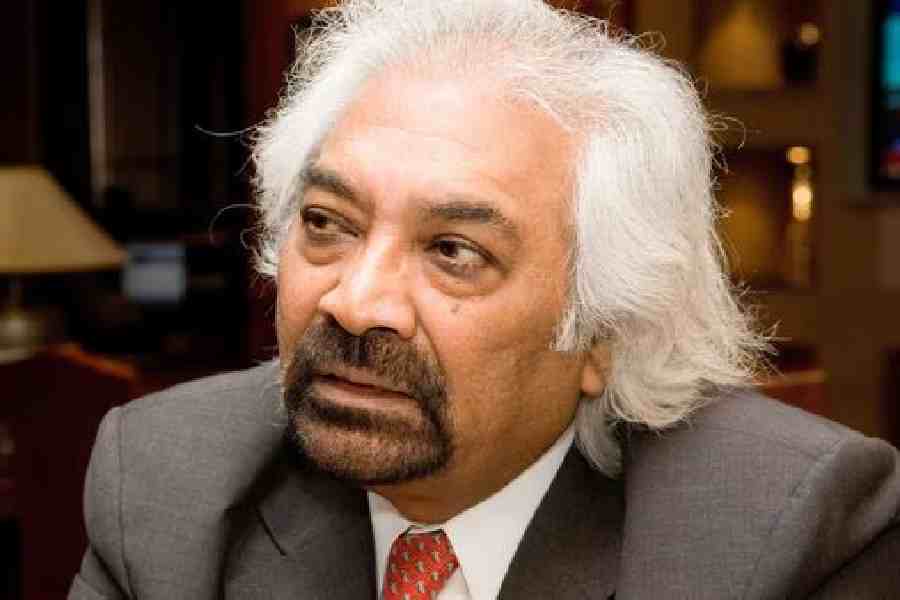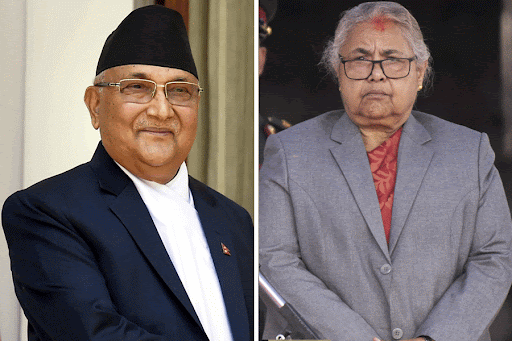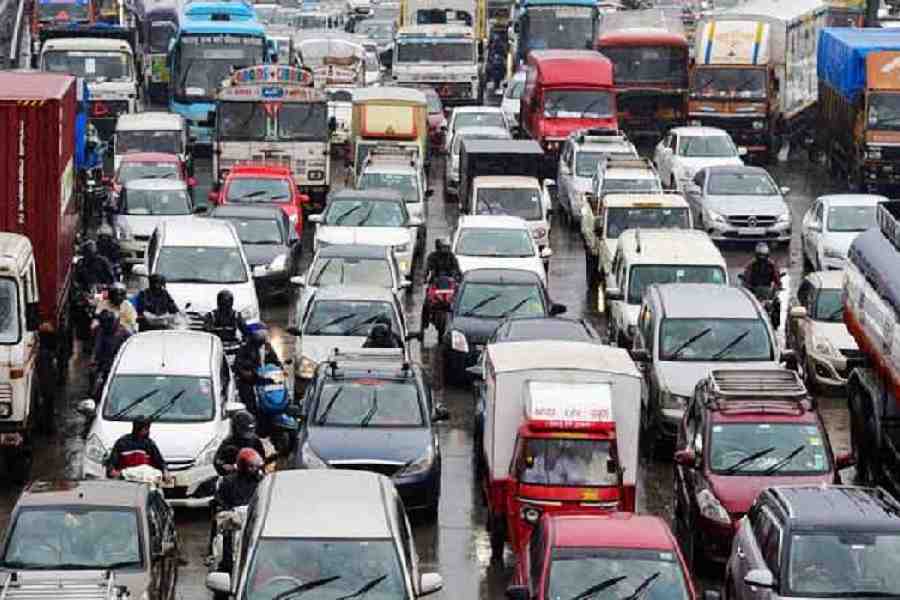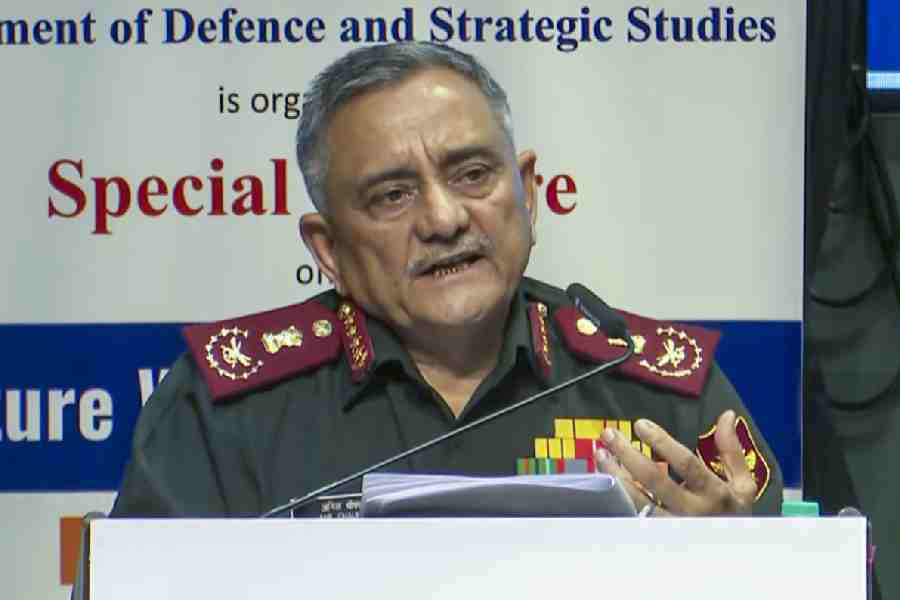 |
In a tiny room at the Congress headquarters in Delhi, Member of Parliament (MP) J.D. Seelam is busy at his computer, working out various permutations and combinations of Assembly constituencies in Andhra Pradesh. Two MLAs sit next to him offering suggestions.
Elections in Andhra Pradesh aren’t due soon, but the outcome of any future poll in the state (and across the country) could be determined by an exercise being conducted on the sixth floor of Nirvachan Sadan in Delhi, which houses the Delimitation Commission. Headed by Justice Kuldip Singh, the Commission is busy redrawing the boundaries of Lok Sabha and Assembly constituencies. The exercise affects the fortunes of politicians across parties. Urban development minister S. Jaipal Reddy’s Miriyalaguda constituency in Andhra Pradesh may merge with the Nalagonda constituency. Almost a dozen ministers in the present Andhra Pradesh government will have to hunt for new seats. The Trinamul Congress (TMC) is set to lose nine Assembly seats.
Delimitation is the drawing of boundaries of electoral constituencies so that every legislator represents roughly the same number of people. It is to be done after every Census, and seats can be hiked when the population increases. The last delimitation in 1975 (using the 1971 Census), hiked the number of elected Lok Sabha seats from 490 to 543.
However, the 42nd Amendment to the Constitution in 1976 froze the number of seats and deferred further delimitation till after the 2001 Census. The logic: states with lower population growth would lose out to more populous ones (seats are distributed among states on the basis of their population share). In 2001, the freeze was extended till the 2031 Census.
What this meant was skewed population ratios — Delhi’s Chandni Chowk Lok Sabha constituency has 3 lakh people while Outer Delhi has 30 lakh. So the present Delimitation Commission was told to readjust boundaries on the basis of the 2001 population.
This has thrown up several problems. With people from the inner areas of Calcutta moving to the suburbs, the number of seats in the suburbs has increased at the cost of seats in the centre of the city. That’s perhaps why the TMC is crying foul, with Mamata Banerjee reportedly thundering to Singh: “These are my areas. I will not allow you to take them away.” Nine legal cases have been filed across the country.
At the heart of the issue is the fact that delimitation is being done after 30 years, says legislative affairs secretary K.N. Chaturvedi, who is part of a committee of secretaries set up to look into the flood of complaints. “People who have been nursing a constituency for decades are bound to be disturbed when they find parts of it going away.”
While delimiting a constituency, care has to be taken that an Assembly constituency does not extend to more than one district and that the lowest administrative unit is not divided among different constituencies. Other important principles are contiguity (parts of one constituency should not be within another), natural barriers (areas divided by rivers, mountains and forests should not be within one constituency), connectivity and communication and public convenience.
All this, some politicians argue, is not being followed. Madhya Pradesh BJP leader Dhal Singh Bisen, who has filed a petition in the Supreme Court, says there are 30 seats where the variation from the population ratio of 2.62 lakh for the state is more than the permitted 10 per cent. Besides, two tehsils have been broken up among three constituencies. The restructuring of his constituency of Barghat will force Bisen to take huge detours across neighbouring constituencies to reach out to his voters. “If seats are delimited in a lopsided fashion, it is unfair to candidates and also an infringement of the right of the electorate to effective representation,” argues Vibha Dutta Makhija, Bisen’s lawyer.
In Delhi, leader of Opposition and BJP MLA Jagdish Mukhi finds the west Delhi colony of Janakpuri — which he has nursed since the early 1980s — carved up among two Assembly constituencies. “Just like you cannot split a village among constituencies in rural areas, you can’t split a colony with well-defined boundaries in urban areas,” argues Mukhi.
There’s also a lot of heartburn over the issue of seats reserved for scheduled castes (SCs) and scheduled tribes (STs), whose share in the population has increased. Since the cap on the total number of seats did not mean a freeze on SC/ST seats, the resultant adjustment meant a reduction in general seats (see box). Bisen’s seat, for example, has changed from a general to an ST seat, with the addition of new tribal-dominated areas. While Union minister of state for human resources Purandeswari’s general seat becomes a reserved SC seat, the reserved seat of Union minister of state for family welfare Panabaka Lakshmi will become a general one.
In Maharashtra, the Republican Party of India (RPI) has challenged the Census figures. The Census did not include the Buddhists (who constitute 6 per cent of the population) under the SC category. If this had been done, says RPI leader Rohidas Gaikwad, the SC population would have been 16.2 per cent of the state’s population instead of 10.2 per cent, pushing up the number of SC seats.
All the problems, says K.C. Siva- ramakrishnan of New Delhi’s Centre for Policy Research, are an inevitable consequence of the freeze on seats. “The politicians did not understand the political effect of this step.”
Kuldip Singh doesn’t understand what the fuss is about. The exercise follows all the norms and the Commission uses sophisticated GIS (geographic information system) technology to map constituencies. “There are ample checks and balances, with each constituency being discussed three or four times and public hearings held,” he says.
“The public hearings were a farce,” counters Bisen. The Commission, he says, spent only 20 hours discussing 231 constituencies in Madhya Pradesh. In Siliguri, the public hearing had to be scrapped where the TMC gathered over one lakh people to meet the Commission. “If I listened to the thousands who gathered, my work wouldn’t be finished for two years,” argues Singh.
With all these objections, there’s no sign of the Presidential notification for the Commission’s final orders for 18 states, some dating back to 2005. An all-party meeting in October agreed that the delimitation would come into effect from 2009 and that the Presidential notification would be issued for all states together. What this would mean is that till then, state elections would be held on the basis of constituencies delimited over 30 years ago.
The litany of complaints is set to reach a crescendo. But is anybody listening?
Numbers game
Parliament gainers and losers
• General category seats in the Lok Sabha will drop from 423 to 411
• Seats reserved for scheduled castes will increase from 79 to 85
• Seats reserved for scheduled tribes will increase from 41 to 47
• Karnataka will have three fewer general category seats, West Bengal, Andhra Pradesh and Maharashtra two each
State Assemblies More SC, ST seats
• General category seats in state Assemblies will drop from 2937 to 2878
• Seats for scheduled caste in state Assemblies will increase from 564 to 610
• Scheduled tribe seats will increase from 532 to 545
• General category seats in the West Bengal Assembly will fall from 218 to
Additional reporting by G.S. Radhakrishna in Hyderabad, Velly Thevar in Mumbai and Shubhobroto Ghosh in Calcutta











